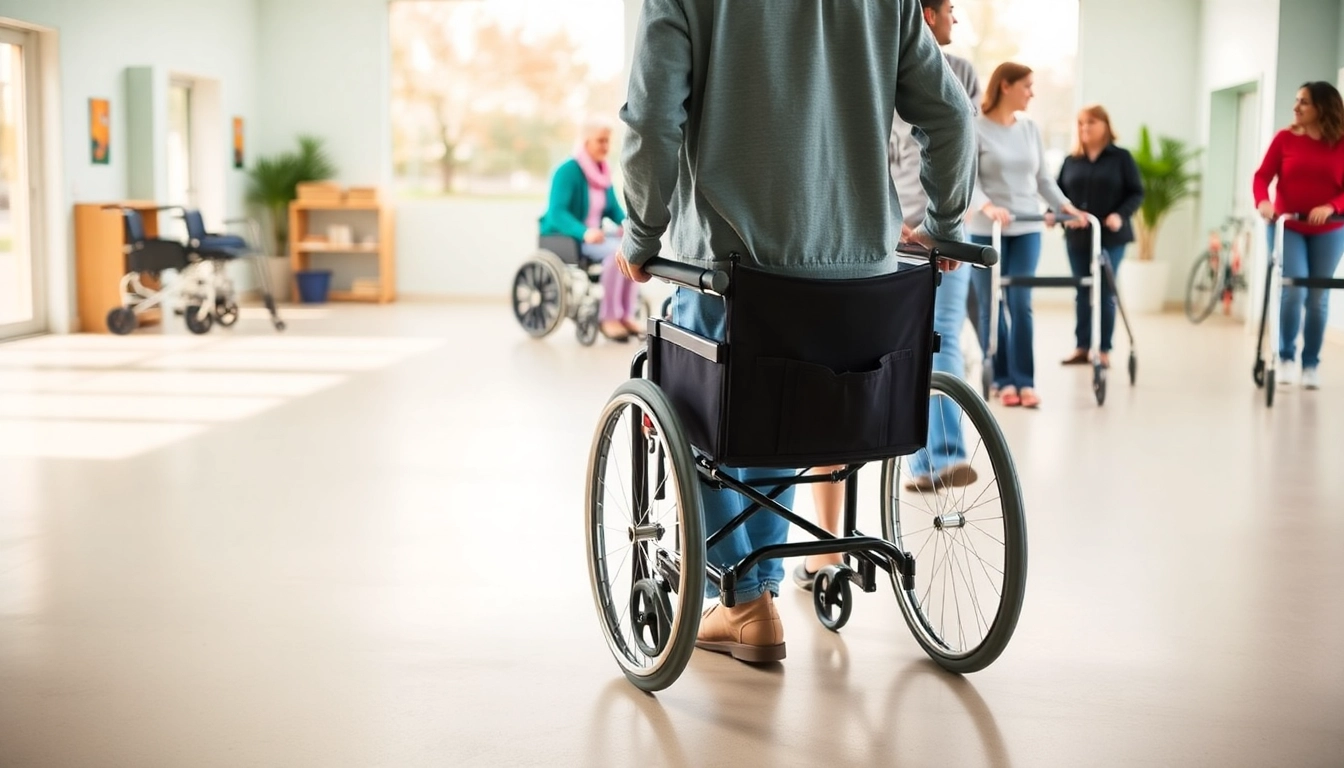Understanding Trauma and Its Effects
Trauma shapes our lives in profound and often debilitating ways. It can stem from various experiences, leaving a mark that extends beyond the immediate incident, affecting emotional, psychological, and even physical health. Understanding trauma is the first step toward healing, enabling individuals to approach their experiences with compassion and insight. In this exploration, we will dive into the concepts of healing trauma, the varied types of trauma, its emotional and psychological impacts, and how to identify its signs in adulthood.
Defining Trauma: Types and Causes
Trauma can be classified into several categories, each stemming from different causes:
- Acute Trauma: Resulting from a single, distressing event such as an accident, assault, or natural disaster.
- Chronic Trauma: Recurring traumatic experiences, often seen in cases of long-term abuse or neglect.
- Complex Trauma: Exposure to multiple traumatic events, often of an invasive and interpersonal nature, that creates a lasting impact on one’s psychological well-being.
- Secondary Trauma: Also known as vicarious trauma, this occurs when one is exposed to the traumatic experiences of others, such as caregivers or emergency responders.
The causes of trauma can vary widely, from personal experiences, accidents, natural disasters, and war, to the influence of systemic issues such as poverty and discrimination. Understanding these types and causes allows individuals and professionals to address trauma more effectively.
Emotional and Psychological Impact of Trauma
The emotional and psychological impact of trauma can manifest in various ways, often leading to complications in daily life. Common symptoms may include:
- Intrusive thoughts and memories of the traumatic event.
- Flashbacks and nightmares.
- Severe anxiety or panic attacks.
- Depression and feelings of hopelessness.
- Emotional numbness or detachment.
- Difficulty with relationships or social interactions.
- Substance abuse as a coping mechanism.
These symptoms may vary among individuals, as trauma responses are highly personal and influenced by numerous factors, including previous experiences and the nature of the trauma itself.
Recognizing Signs of Trauma in Adults
Identifying trauma in adults can often be challenging since individuals may not outwardly express their pain. However, various signs may indicate trauma’s lingering effects:
- Changes in mood, such as increased irritability or emotional volatility.
- Struggling with concentration or memory.
- Increased avoidance of people, places, or activities that recall the traumatic event.
- Physical responses, such as unexplained aches, fatigue, or gastrointestinal issues.
- Erratic behaviors, including substance use or self-harm.
Awareness of these signs is crucial for caregivers, friends, and professionals in recognizing and supporting those affected by trauma.
The Healing Trauma Journey
Healing from trauma is a journey that varies greatly among individuals. It’s essential to recognize that healing is not linear and requires patience and self-compassion. This section explores the stages of trauma healing, the process of building self-awareness, and how to identify triggers and responses.
Stages of Trauma Healing Explained
Although each individual may experience their healing journey differently, several common stages are identified in trauma recovery:
- Safety: Establishing physical and emotional safety is paramount.
- Stabilization: Individuals learn skills to manage symptoms (like anxiety or flashbacks) and to regulate their emotions.
- Processing: This stage involves confronting the traumatic memories and emotions that were previously suppressed.
- Integration: Individuals begin to incorporate their experiences into a new understanding of themselves, fostering personal growth.
- Reconnection: Building relationships and returning to a state of engagement with life.
It’s essential to recognize that each stage requires different approaches and support mechanisms, and individuals may revisit stages as they continue their healing journey.
The Role of Self-Awareness in Healing Trauma
Self-awareness plays a significant role in the trauma healing process. By understanding one’s feelings, thoughts, and reactions, individuals can identify the patterns and triggers that contribute to their distress. Strategies to enhance self-awareness include:
- Journaling: Keeping a trauma journal can help track thoughts and emotional responses.
- Mindfulness Practices: Incorporating meditation and mindfulness can foster present-moment awareness, reducing anxiety about past events.
- Therapeutic Support: Engaging with a therapist can guide individuals through the exploration of their emotions and memories.
Being mindful of one’s state enhances the ability to respond to triggers in a healthier manner. It also promotes understanding and compassion during challenging moments.
Identifying Triggers and Responses
A crucial step in healing trauma involves recognizing emotional and situational triggers. Triggers can provoke memories or feelings associated with the traumatic event, which often results in heightened emotional responses. Learning to identify these triggers can empower individuals to manage their responses better. Strategies include:
- Keep a Trigger Log: Documenting the situations, places, or interactions that provoke distressing symptoms can illuminate patterns.
- Implement Grounding Techniques: Prioritizing grounding exercises can help regain a sense of control and presence during distressing moments.
- Practice Self-Compassion: Acknowledging that it’s normal to experience triggers is vital in reducing self-blame during challenging times.
Understanding triggers allows for proactive management of trauma responses, providing a pathway toward regaining a sense of agency and stability.
Effective Approaches to Healing Trauma
Recent years have seen the emergence of various therapeutic practices specifically aimed at healing trauma. This section discusses effective approaches, including therapeutic techniques, the importance of professional support, and self-care strategies for healing.
Therapeutic Techniques: EMDR and Somatic Experiencing
Two renowned treatment modalities for trauma healing are Eye Movement Desensitization and Reprocessing (EMDR) and Somatic Experiencing:
- EMDR: This technique involves guided eye movements while recalling distressing events. It helps in processing traumatic memories, leading to a reduction in their emotional charge.
- Somatic Experiencing: Focused on the body’s inherent ability to heal, this approach addresses the physiological responses to trauma, helping to release tensions held in the body.
Both methods have shown efficacy in enabling individuals to process and integrate traumatic experiences, ultimately fostering resilience and healing.
The Importance of Professional Support
Engaging with qualified mental health professionals is crucial in navigating complex traumatic responses. Professionals such as therapists and counselors provide specialized care, including tailored therapeutic modalities that align with individual needs. Some of the key benefits of professional support include:
- Expert Insight: Professionals can offer evidence-based strategies and interventions to aid recovery.
- Validation: Establishing a therapeutic relationship allows individuals to discuss their trauma in a safe and understanding environment.
- Continued Guidance: Ongoing therapy helps track progress and adapt strategies as needed throughout the healing journey.
Considering professional support should be regarded as a critical step toward healing, ensuring one does not have to navigate trauma recovery alone.
Self-Care Strategies: Mindfulness and Meditation
Integrating self-care practices into daily life is fundamental in the trauma healing process. Mindfulness, meditation, and other self-care strategies promote overall well-being and emotional regulation. Here are effective self-care strategies:
- Regular Practices of Mindfulness: Engaging in mindfulness meditation helps individuals remain anchored in the present moment, reducing anxiety triggers.
- Physical Activities: Exercise, yoga, and other physical activities release endorphins, which contribute positively to mental health.
- Balanced Nutrition: Nourishing the body with healthy foods can enhance mood and overall psychological resilience.
Incorporating these self-care strategies allows individuals to cultivate resilience and a sense of control in their healing journey.
Community Support and Resources
Healing trauma often requires a network of support that extends beyond individual efforts. Having access to community support, resources, and shared experiences can significantly influence recovery. This section explores finding support groups, online resources, and engaging with therapists and counselors.
Finding Support Groups for Healing Trauma
Support groups provide invaluable spaces where individuals can share and process their trauma experiences with others who have gone through similar situations. Engaging with these groups can foster a sense of belonging and validation. Factors to consider when finding a support group include:
- Focus on Specific Trauma: Many groups cater to specific types of trauma, ensuring shared understanding.
- Accessibility: Look for both in-person and online options to suit individual comfort levels.
- Facilitated Sessions: Professional facilitation can lead discussions and help manage group dynamics effectively.
Community support not only enhances healing but also provides a sense of hope and connection.
Online Resources and Literature on Healing Trauma
The internet provides a wealth of resources for trauma healing, including forums, articles, and research studies. Resources to consider include:
- Educational Sites: Websites such as HelpGuide.org and the PTSD Alliance offer comprehensive information on trauma and healing strategies.
- Books on Trauma Healing: Literature, such as “Healing Trauma” by Peter Levine, offers insights into understanding body responses to trauma.
- Podcasts and Webinars: Exploring trauma-related content can enhance awareness and provide tips on coping strategies.
Leveraging these online resources can empower individuals to take an active role in their healing journey.
Engaging with Therapists and Counselors
Finding a skilled therapist or counselor is vital in addressing trauma effectively. Consider the following steps for engaging with professionals:
- Identify Specializations: Look for therapists who specialize in trauma-informed care.
- Initial Consultations: Many therapists offer a preliminary consultation to determine comfort and fit.
- Ask Questions: Inquire about therapeutic approaches, experience, and strategies relevant to trauma healing.
The therapeutic relationship can significantly influence recovery, making it essential to find a professional who resonates with one’s healing journey.
Measuring Progress in Healing Trauma
Measuring progress in trauma recovery can often be elusive. However, developing metrics to assess emotional healing can aid in recognizing personal growth. This section delves into signs of progress, techniques for self-assessment, and the importance of celebrating small victories.
Signs of Progress in Emotional Healing
While healing from trauma is nonlinear, certain signs can indicate progress, including:
- A greater ability to process and articulate feelings.
- Increased emotional regulation and stability.
- A willingness to re-engage in relationships and social activities.
- Reduction in symptoms such as anxiety and flashbacks.
Recognizing these signs can invigorate individuals on their healing paths, fostering motivation and courage to continue their work.
Techniques for Self-Assessment
Self-assessment techniques can provide valuable insights into personal growth. Some effective methods include:
- Regular Check-Ins: Evaluate emotions, thoughts, and behaviors weekly or monthly.
- Feedback from Trusted Individuals: Seeking perspectives from friends or loved ones can help identify growth areas.
- Personal Reflection: Engage in reflective practices, such as journaling, to document experiences and emotional changes over time.
Utilizing self-assessment methods allows individuals to connect with their progress, reinforcing their resilience.
Celebrating Small Victories in Healing Trauma
Celebrating small accomplishments is crucial during the healing process. Victories can range from recognizing and managing a trigger to achieving emotional milestones. Acknowledging these moments fosters further motivation. Consider:
- Daily Acknowledgment: Take time to note one positive change or insight gained each day.
- Share Achievements: Communicate milestones with supportive friends or family members to enhance feelings of connectedness.
- Reward Yourself: Treat yourself to meaningful rewards when significant progress is noted.
Giving attention to these victories can instill hope and commitment to the healing journey moving forward.



